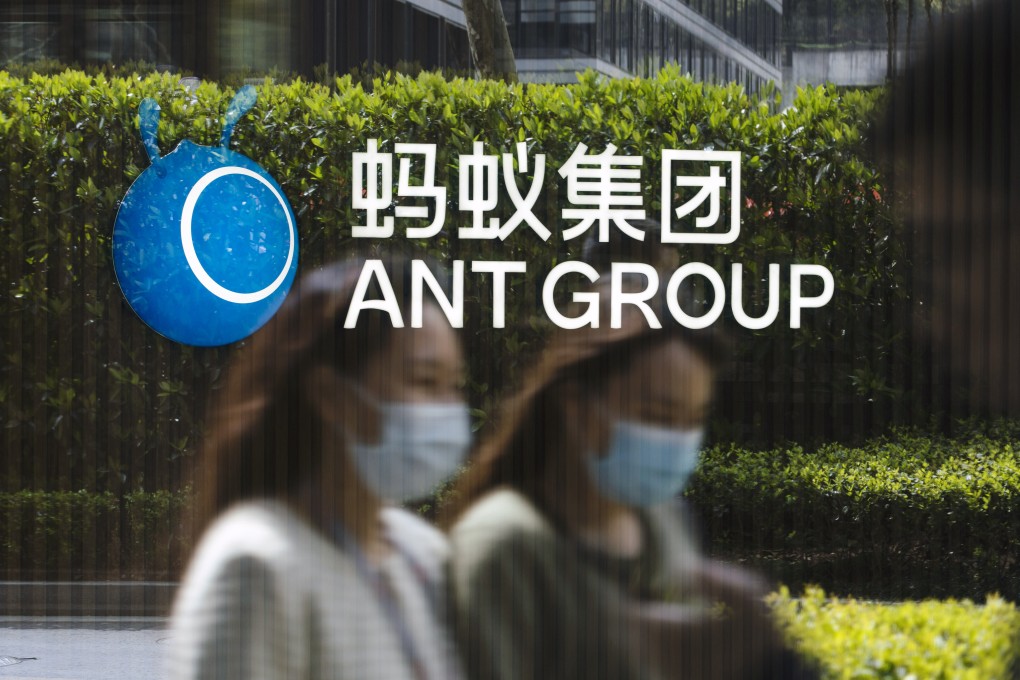Financial technology giant Ant Group unveils midterm carbon reduction plan as it pursues net-zero emission by 2030
- Ant Group will work with Alibaba Cloud to boost the share of renewable energy on its total electricity consumption to 30 per cent in five years
- Experts from the China Environmental United Certification Centre will advise the fintech giant on its carbon neutrality plan

The intermediate goals – unveiled for the first time – form part of the firm’s short, medium and long-term efforts aimed to initially reduce and eventually balance out the firm’s entire carbon footprint through clean energy procurement and carbon offset investments, according to Sabrina Peng Yijie, Ant’s president of social good and green development.
“We will certainly face challenges in this journey,” Peng said in an interview. “That is why we will have experts to help review our progress and advise us annually. We are ready to put in the investments required to make it happen.”
Hangzhou-based Ant has invited experts from the China Environmental United Certification Centre, which is also working with the organisers of the 2022 Beijing Winter Olympics in assessing the event’s carbon reduction solutions, to advise the firm on its carbon neutrality plan.
